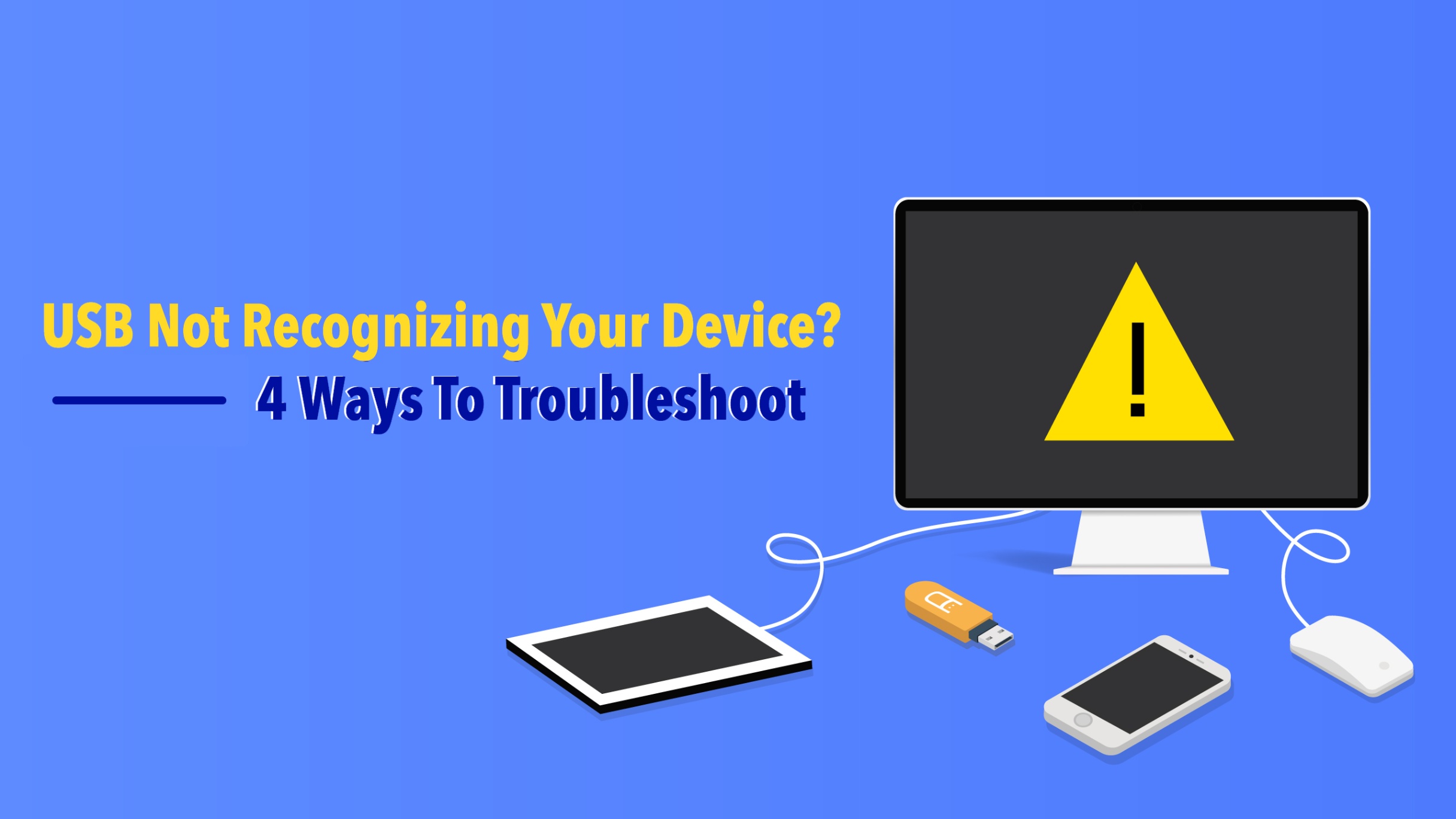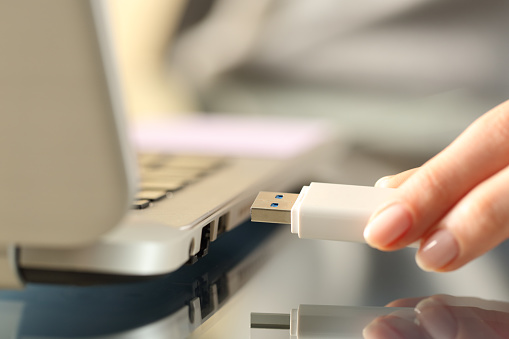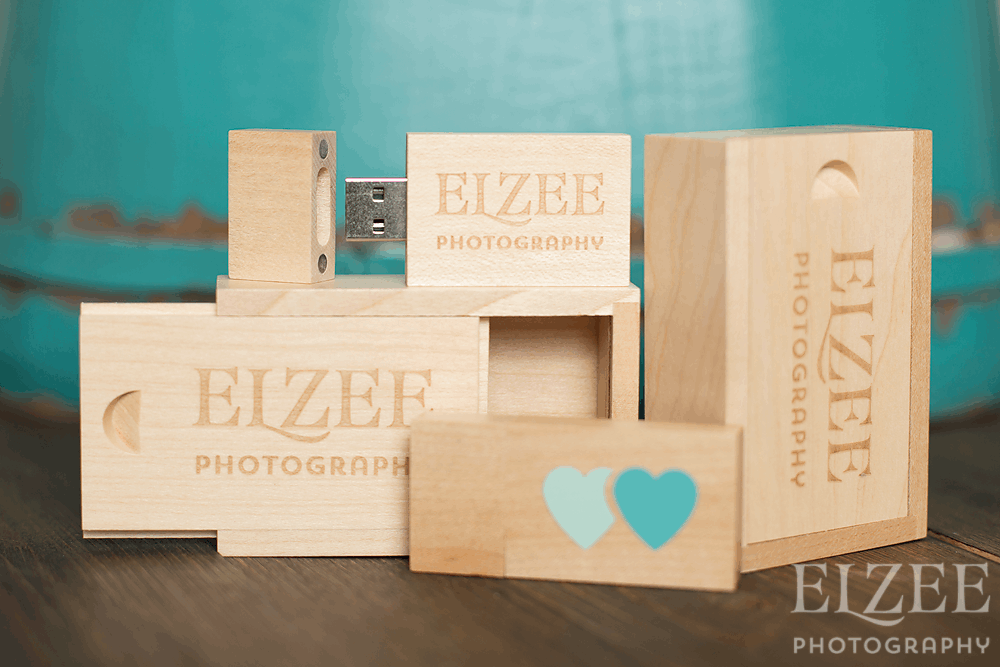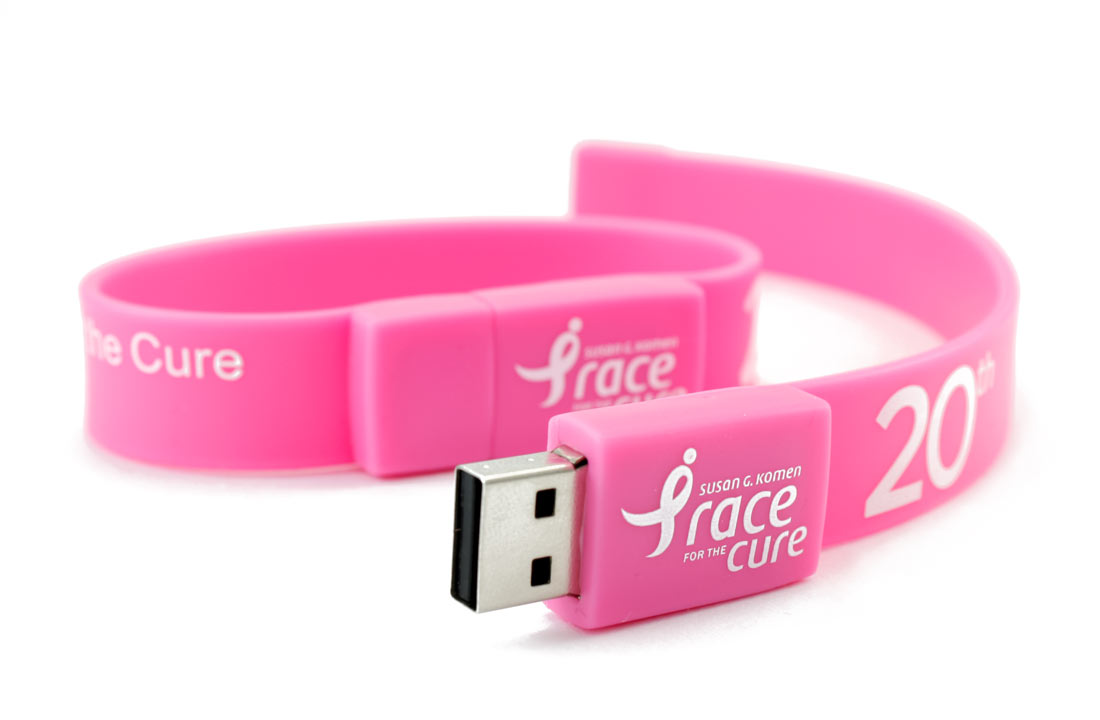
4 Tips To Fix the USB Not Recognized Error
If you store important data on USB flash drives or use a USB mouse, keyboard, or external hard drive, seeing the USB device not recognized error can be one of the most nerve-wracking events of your day. Fortunately, this error is usually just a momentary glitch.
It can be caused by something minor like software conflicts, outdated USB-C drives, or insufficient power due to too many attached devices. However, it may also be something more serious, like physical damage to the flash drive or port.
Here are four troubleshooting solutions you can try when your device does not recognize your USB.

Tip #1: Check Connections
If your system comes with multiple USB ports from different generations, or you use a USB hub, start by testing your USB device in various ports. If your USB device doesn't work in one port but works fine in the next, the port is probably the problem. A single port might have a software incompatibility issue or a loose connection.
If you're trying to connect a USB cable, it's possible that the cable is damaged or incompatible with your device or port. Check that both of the cable's ends fit snugly into their ports, or try using a different cable.
Sometimes, connecting a hub with too many USB ports can be too much for a computer, and it can randomly refuse to recognize certain ports. If this is the case, your computer might be struggling to provide enough power to all the connections. Try to disconnect the hub and plug your USB device straight into the USB port.
You can also try disconnecting all your attached USB devices, like your keyboard and mouse, except the one you want to test. If your computer recognized the USB device, one of the other items you had connected might be causing the problem. Reconnect them one by one until you find the error.
Tip #2: Reboot Your Device
Your computer's drivers can get corrupted over time or become invalid after a system update. Sometimes even a temporary communication hiccup between your motherboard and USB port can cause USB connection errors.
It's surprising how many problems you can fix by simply turning your computer off and then back on again. Rebooting your computer forces any misbehaving processes or drivers to shut down, giving you a clean slate.
Shut down your computer, and unplug it once it turns off. This will force the microprocessor to reload your hardware drivers from scratch. Wait a minute or so, then turn your computer back on; try plugging in your USB device again.
Tip #3: Run USB Troubleshooter

If you have a Windows computer, the latest versions include a helpful USB troubleshooter you can use to find stubborn problems:
1. Right-click your malfunctioning USB drive in Windows File Explorer.
2. In the pop-up menu, click on Properties.
3. Find the Tools tab, and in the Error Checking section, click the button labeled Check.
4. Click Scan and Repair in the next window.
If you have a Mac computer, you can troubleshoot your USB ports via the Terminal:
1. In any Finder window, click on Applications > Utilities > Terminal
2. Copy and paste this command: sudo kextunload IOUSBMassStorageClass.kext
That will disable your Mac's USB ports. Resetting them depends on what type of Mac you have.
If you have a Mac Pro, iMac, or Mac mini:
1. Make sure all items are saved properly.
2. Hold down the device's power button for five seconds, and then release it.
3. Turn the device back on, and restart it.
If you have a MacBook:
1. Shut it down, but leave the USB plugged in.
2. Hold down the Shift + Control + Options buttons on the left side of your keyboard for seven seconds.
3. Continue holding down that key combination while also holding down the device's power button for another seven seconds.
4. Release all buttons, and turn the device back on.

Tip #4: Remove Dirt and Dust
If the cavities of any of your USB ports or plugs contain specks of dirt or dust, these can block your USB devices from connecting. You can use a can of compressed air or a bicycle, ball, or balloon pump to blow the particles away.
Get the Best Quality Bulk Flash Drives Here
What's Next?
If none of these tips work, your USB device may have an actual hardware problem. Have a friend or co-worker nearby try connecting the problematic USB device to a different computer.
If you see the same error, you'll probably have to replace your USB device. Give our customer support team a call or shoot us an email. We are always here and ready to help.